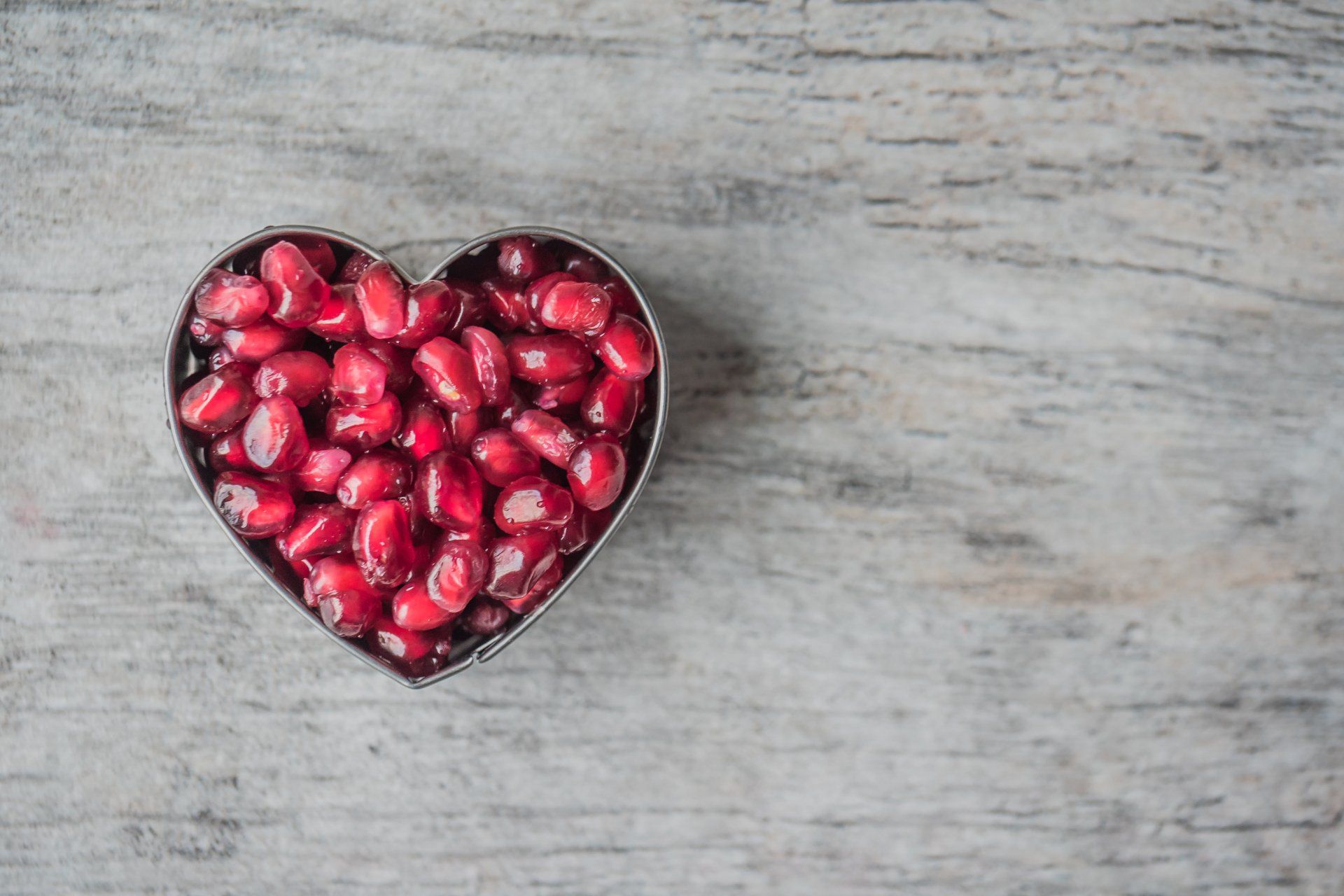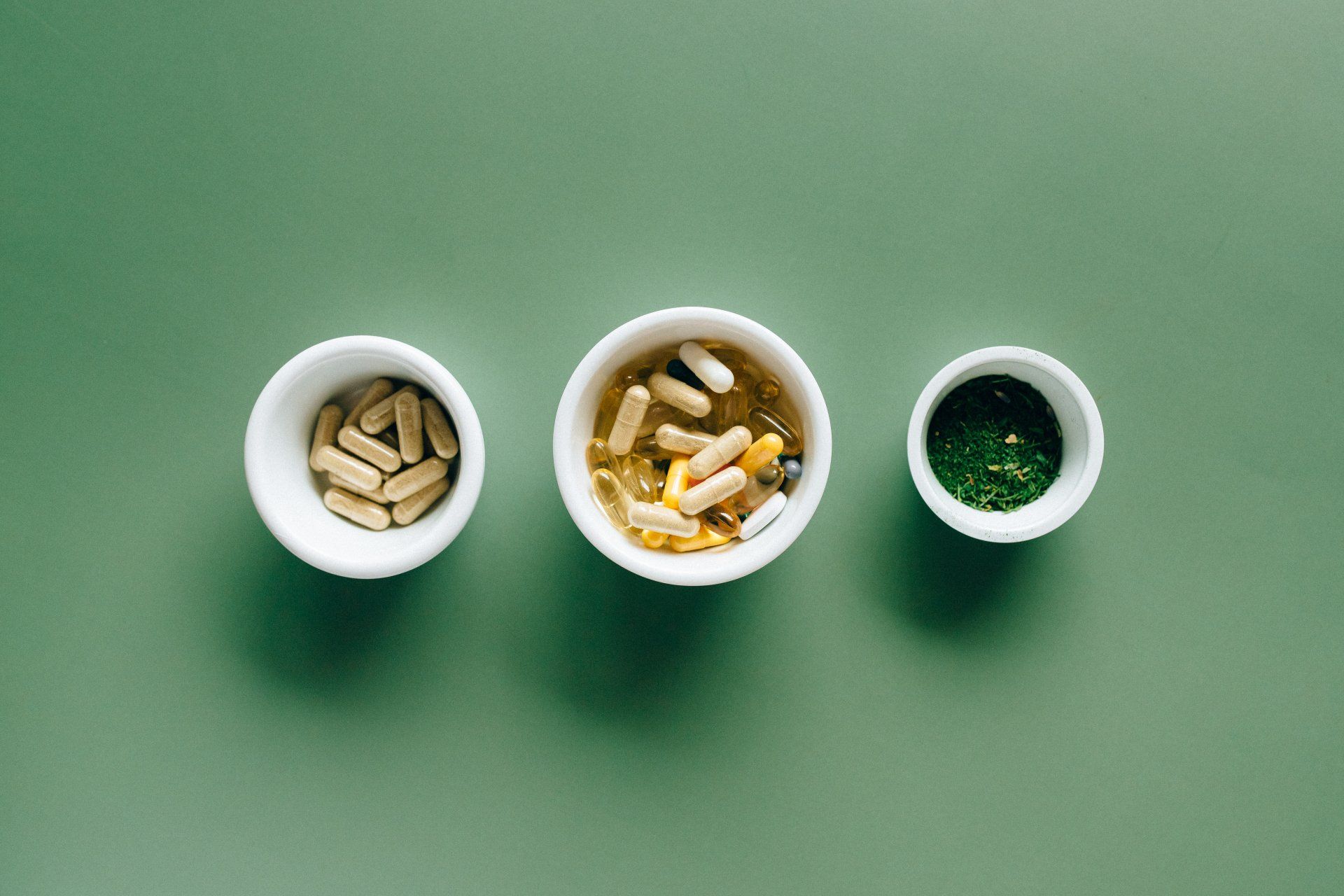Can a Healthy Diet Prevent Heart Problems?
Eating your way to better heart health.

You are what you eat!
Junk in, junk out!
We've all heard these expressions.
Both are true.
What you eat makes a huge difference in your health and well-being. Nutrition is critical to your heart's health. A nutritious, balanced diet can help you maintain your heart health, keep your heart running the way it should, and avoid heart disease and other diseases.
To eat...
Most heart health advice focuses on what NOT to eat, which can be discouraging!
Focusing on what you CAN and should eat is a much better approach to any diet. Eating your way to heart health is delicious!
Here is a partial list of foods that may improve your heart health. Try to eat more:
- Almonds
- Apples
- Avocados
- Beans
- Beets
- Berries (especially blueberries)
- Black pepper
- Broccoli
- Brussels sprouts
- Cherries
- Chili peppers
- Cinnamon
- Coriander
- Dark chocolate
- Fatty fish or fish oil (especially salmon)
- Garbanzo beans
- Garlic
- Ginger
- Green tea
- Leafy, green vegetables
- Oatmeal (and other whole grains)
- Olives and olive oil
- Seeds (especially pumpkin seeds)
- Soybeans (tofu, edamame)
- Turmeric
- Tomatoes
- Walnuts
- Whole grains
Fresh or frozen vegetables and fruit, in general, are great for your heart health. If your plate is primarily vegetables and healthy grains, you are well on your way to maintaining or improving your heart health.
If you use canned vegetables, pick a low-sodium variety.
If you use canned fruit, buy it packed in water or juice instead of syrup.
And don't worry! Salmon and beans are not the only proteins you can enjoy on a heart-healthy diet. Low-fat proteins such as eggs, yogurt, cheese, and skinless poultry are also an option; just try to eat them in moderation.
If you eat red meats, try to find the leanest cut available. Again, moderation is your friend where red meats are concerned.
...or not to eat.
As with any diet, there are some foods that you should avoid.
This is not to say you can never eat these things, but you should eat them only occasionally and in small portions.
Fortunately, the list of things you should avoid is much shorter than the "do eat" list:
- Added salt
- Coconut oil
- Processed meats
- Processed snacks (packaged snacks, chips, etc.)
- Energy drinks
- Fast food
- Organ meats (liver, kidneys)
- Refined or processed grains and carbohydrates (white bread and pasta)
- Soda and other sugary drinks
- Too many desserts (you can splurge on occasion, but not too often)
- Too much protein (most of your plate should be vegetables and healthy grains)
More tips
There are other small things you can do that impact your diet.
Smaller portions should apply to both the "good" and the "bad" food. You can still eat that hot dog at that birthday party! Just stop at one hot dog and then head over to the veggie tray. Most of your plate should be vegetables, fruits, and healthy grains.
- Splurge on occasion
That's right. You can eat that piece of cake at the party. If you are eating healthy and nutritious food most of the time, don't beat yourself up over a dessert or some other splurge on occasion.
Maintaining a healthy, nutrient-dense, heart health-promoting diet is easy when you focus on what you CAN have instead of what you cannot have. Fill your plate with vegetables, beans, and healthy grains; then add some healthy proteins and fruit salad for dessert.
Enjoy all the delicious foods that can help you eat your way to heart health!
Questions? Comments? Suggestions?
Send me an email or drop a comment in the comment box!
Need a medical writer?
Contact me!
You can learn more about me and my services on my website or connect with me on LinkedIn.
Thank you for taking the time to read my blog!
Sources
10 Top Foods for Heart Health (aarp.org)
15 Incredibly Heart-Healthy Foods (healthline.com)
Heart-Healthy Foods: 15 Foods to Eat for a Healthy Heart (foodrevolution.org)
Heart-healthy diet: 8 steps to prevent heart disease - Mayo Clinic
Avoid these foods for a healthier heart - Harvard Health
Heart health tips: 8 foods cardiologists try to avoid (today.com)
7 Impressive Health Benefits of Cherries (healthline.com)
Whole grains: Hearty options for a healthy diet - Mayo Clinic
Mayo Clinic Minute: Why coconut oil is bad for your heart - Mayo Clinic News Network











